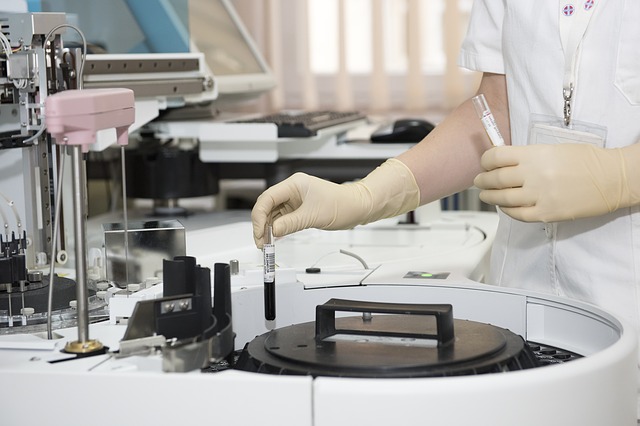
The great news about sexually transmitted diseases (or infections if you prefer) is that the rates of ones in the U.S. like HIV are going down…but at the same time the rates of infections like chlamydia, syphilis, and gonorrhea are going up. At least taking into account the amount of STI’s that are reported to the Centers for Disease Control and Prevention.
It’s not entirely clear why the rates of these infections are going up, but it might have something to do with the fact that fewer people are wearing condoms. One reason why people might be using condoms less is because what are perceived as life threatening STI’s like HIV are not as high of a risk as they used to be.
Luckily a lot of the STI’s are easily treatable with antibiotics, but that doesn’t mean that they don’t have their complications. Plus many of them can’t be passed along when people aren’t symptomatic, which makes tracking them sort of complicated and cause some awkward moments in new relationships when one of them turns up out of nowhere.
The cases of reported chlamydia have actually tripled in the past ten years, which were 1.4 million in the year 2014. Chlamydia often does not show any symptoms, but can cause burning when you pee or even a discharge. It is also possible to get a false negative or for the antibiotics to not work, so it is generally suggested that you get retested three months after being exposed or being treated for the infection.
Syphilis had its heyday in the World War II era, but it isn’t completely gone today. In fact the numbers of reported syphilis cases have actually doubled since the year 2000. Syphilis can cause rashes and ulcers on various areas of the body. It’s easy to treat, but it can be fatal if it’s left unattended.
Gonorrhea is another bacterial infection that causes pain when you pee. It is also easily treatable with antibiotics, unless you get the super strain which can take a few tries.
Wearing condoms greatly cuts down on the risk of receiving and passing along STI’s, so of course they are suggested unless you are in a monogamous situation and trust the person you’re sleeping with. Condoms do not however cut all the risks, so using consideration and discussing that sort of thing with your sexual partners can go a long way. It’s generally suggested to get tested for STI’s at least once a year if you are sexually active, just in case.
If someone tells you that they have exposed you to an STI, thank them and head to the clinic or your doctor, where you should get tested for everything. It is common for people to get more than one STI at a time even if their partner didn’t test positive for multiple infections. It’s better to take care of it all at once and make sure that you’re in the clear or treating everything that you need to.

Yeah who likes condoms right
Wow those rates are pretty dramatic changes. At least they’re treatable
That’s pretty scary actually